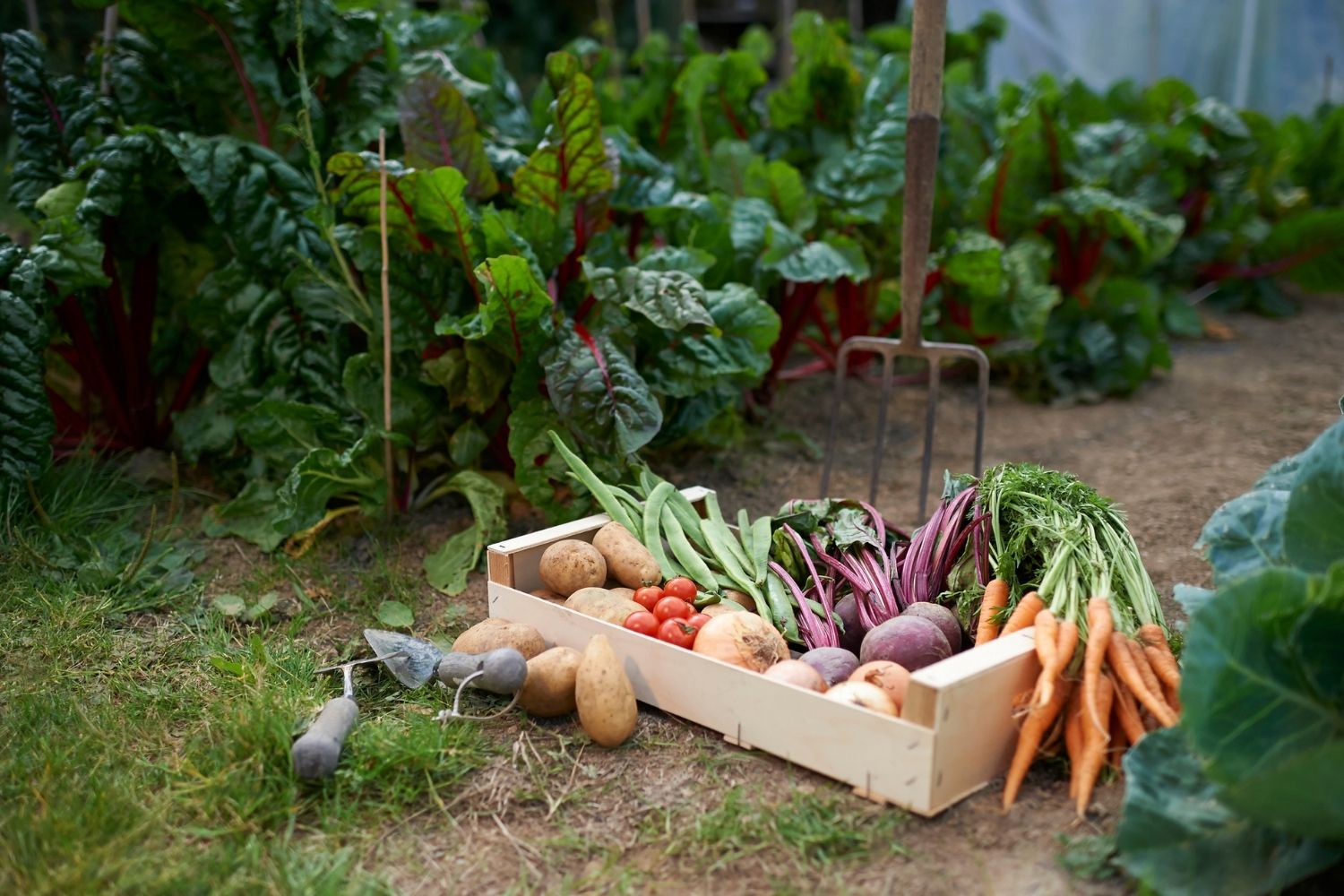Seasonal Planting Guide for Small Gardens

Seasonal Planting Guide for Small Vegetable Gardens
Growing your own vegetables is a rewarding experience, and with a seasonal planting guide for small vegetable gardens, you can make the most of your space. Seasonal gardening is not just about spring; you can grow vegetables year-round, even in a small garden. Let's dive into the world of small space gardening and create a thriving urban farm.
Understanding Your Climate Zone
Before you start, understand your climate zone. The USDA Plant Hardiness Zone Map is a great resource. It divides North America into 11 separate zones, each with a 10°F difference in the average annual minimum temperature. Knowing your zone helps you choose the right plants for your seasonal planting guide.
Spring: A Burst of New Life
Spring is the perfect time to start your vegetable planting. As the weather warms up, the soil becomes ready for planting.
Early Spring: Cool-Season Crops
Start with cool-season crops like:
- Lettuce
- Spinach
- Radishes
- Peas
These vegetables thrive in temperatures between 60-70°F (15-21°C). They can tolerate light frosts, making them ideal for early spring.
Late Spring: Warm-Season Crops
As the soil warms up to at least 60°F (15°C), it's time for warm-season crops like:
- Tomatoes
- Peppers
- Beans
- Cucumbers
These plants love the sun and heat, so make sure they get plenty of both.
Summer: The Bountiful Season
Summer is the peak growing season. With the right care, your garden will be bursting with life.
Succession Planting
Succession planting is key to maximizing your harvest. As soon as one crop is harvested, replace it with another. For example, follow early lettuce with bush beans, then spinach in late summer.
Heat-Loving Plants
Summer is the time for heat-loving plants like:
- Eggplants
- Okra
- Sweet potatoes
- Watermelons
These plants thrive in the hot summer sun. Just remember to keep them well-watered.
Fall: The often Overlooked Season
Fall is often overlooked in seasonal gardening, but it's a great time for vegetable planting.
Cool-Season Crops Return
As temperatures drop, it's time to revisit cool-season crops. Many can tolerate light frosts, extending your harvest season. Consider:
- Kale
- Broccoli
- Cabbage
- Carrots
Garlic: A Fall Favorite
Fall is the ideal time to plant garlic. It needs a period of cold dormancy to produce big bulbs. Plant cloves in late fall, and you'll have a bountiful harvest next summer.
Winter: Not Just for Dreaming
Even in winter, your garden can produce. It's all about choosing the right plants.
Cold-Hardy Vegetables
Some vegetables are surprisingly cold-hardy. With a little protection, you can grow:
- Spinach
- Kale
- Lettuce
- Turnips
Cover Crops
Winter is also a good time for cover crops. These are plants grown to improve soil health. They prevent erosion, add organic matter, and suppress weeds. Consider:
- Winter rye
- Hairy vetch
- Crimson clover
Small Space Gardening Tips
Small space gardening requires a bit of creativity. Here are some tips:
- Use raised beds: They allow you to control the soil and make the most of your space.
- Grow vertically: Use trellises, cages, or stakes to grow plants up, not out.
- Interplant: Mix fast-growing crops with slower ones to maximize space.
Urban Farming: Making the Most of Small Spaces
Urban farming is all about maximizing small spaces. Consider container gardening if you're short on space. Most vegetables can be grown in pots, as long as they have enough room for their roots.
Home Gardening: A Family Affair
Home gardening is a great family activity. Get the kids involved in choosing seeds, planting, and harvesting. It's a fun way to teach them about nature and where their food comes from.
Planning Your Garden with a Planting Calendar
A planting calendar is a gardener's best friend. It tells you what to plant when, based on your climate zone. The Farmer's Almanac has a great one.
Conclusion
A seasonal planting guide for small vegetable gardens is your key to a year-round harvest. Whether you're into seasonal gardening, small space gardening, vegetable planting, urban farming, or just good old home gardening, there's always something you can grow. So get out there and make the most of your small garden!
FAQs
Q: What can I plant in early spring? A: Early spring is ideal for cool-season crops like lettuce, spinach, radishes, and peas.
Q: Can I grow vegetables in the winter? A: Yes, some vegetables are cold-hardy. With a little protection, you can grow spinach, kale, lettuce, and turnips.
Q: What is succession planting? A: Succession planting is the practice of planting a new crop immediately after an old one is harvested. It maximizes your harvest in a small space.
Q: What are cover crops? A: Cover crops are plants grown to improve soil health. They prevent erosion, add organic matter, and suppress weeds.
Q: How can I make the most of a small garden? A: Use raised beds, grow vertically, and interplant to maximize your small garden space.
0 Response to " Seasonal Planting Guide for Small Gardens"
Post a Comment